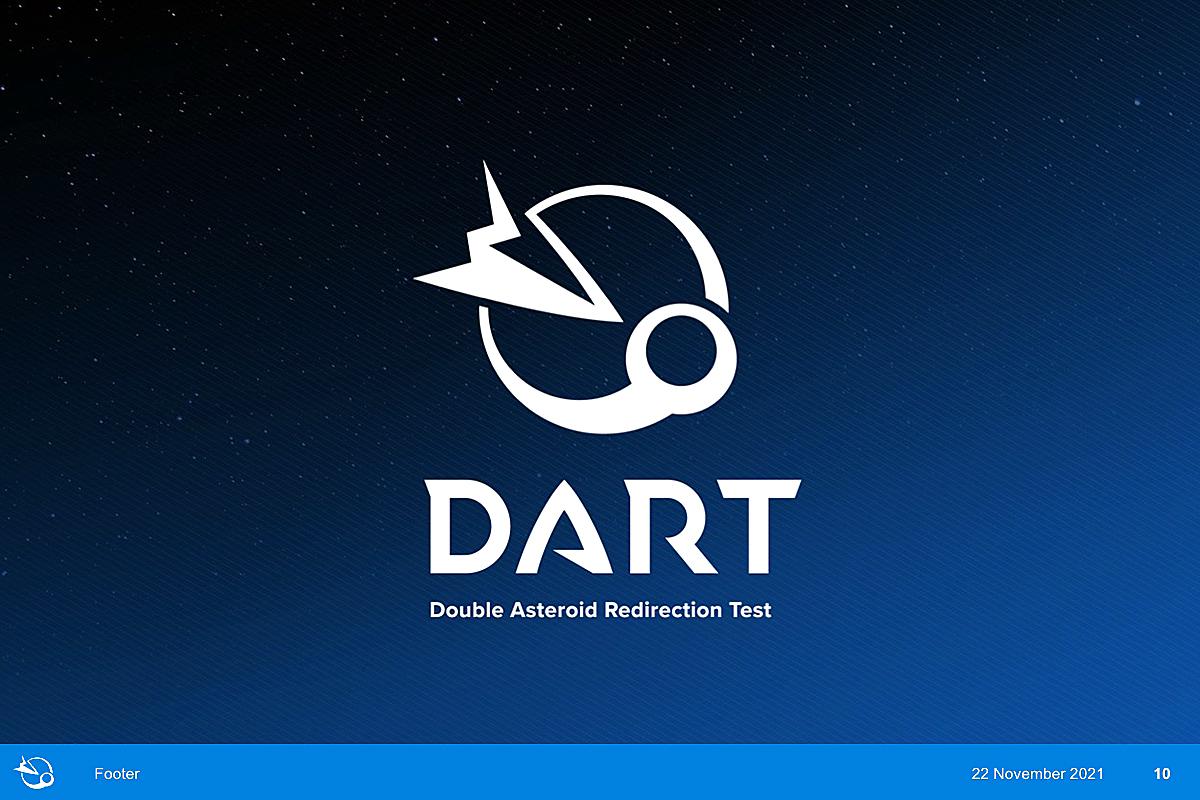NASA’s first mission to deflect an asteroid is scheduled to launch on 24 November 2021. The spacecraft’s planned collision with the asteroid moon Dimorphos in autumn 2022 requires extensive scientific modelling and simulation of the impact in advance. This is being carried out by the Museum für Naturkunde Berlin, among other institutions.
Pieces of interplanetary dust and rock continuously impact Earth. While most are harmless and burn up in the upper atmosphere, some survive the entry and explode 10 to 20 kilometres above ground what can have devastating effects. For example, in 2013, a previously undetected asteroid, which was relatively small at 18 metres across, entered Earth’s atmosphere and blew up over Chelyabinsk, Russia. The explosion injured more than 1600 people from shivering windows and caused approximately 30 million US dollars in damage. Astronomers estimate that there are about 25,000 near-Earth asteroids larger than 140 metres in diameter – potentially a considerable hazard.
NASA’s Double Asteroid Redirection Test (DART) is the first mission to attempt to deflect an asteroid. The DART spacecraft, which is the size of a vending machine and essentially consists of solar arrays and two propulsion systems, was constructed by the Johns Hopkins University Applied Physics Laboratory (APL).
DART's target is the binary asteroid system Didymos, which consists of a larger asteroid named Didymos (with a diameter of 780 metres) and a smaller orbiting moonlet asteroid named Dimorphos (160 metres). The DART spacecraft will impact Dimorphos at a velocity of more than six kilometres per second (or almost 22,000 kilometres per hour). Asteroids, like planets, orbit the Sun, most of them in stable orbits between the planets Mars and Jupiter. They only become dangerous when their orbits cross Earth’s path. The key to avoiding an impact is the ability to predict mutual approaches and then slightly change the asteroid’s orbital path causing it to arrive sooner or later than Earth at its orbit intersection.
The implementation of such a mission requires extensive modelling and simulation of the kinetic impact, which is being carried out by the Museum für Naturkunde Berlin, among other institutions. Prof. Dr Kai Wünnemann heads the ‘Impact Modelling’ working group there, working together with international colleagues, and explains: “Although precise telescope observations of the asteroid system before and after the impact can be used to measure the extent to which Dimorphos was deflected by the impact, more precise results and, in particular, a detailed observation of the generated impact crater and the determination of the properties of the asteroid and its moon will only follow as part of of ESA’s Hera mission, which will be launched in 2024.”
The German Aerospace Center (Deutsches Zentrum für Luft- und Raumfahrt; DLR) Institute of Planetary Research, also based in Berlin, is scientifically involved in the DART mission. Dr Jean-Baptiste Vincent is a member of the ‘Proximity Working Group’, which is studying the morphology of Didymos and Dimorphos and creating a shape model of both asteroids. Dr Vincent and DLR, alongside several international colleagues, are also responsible for, among other things, the imaging plan for the camera and data analysis for the European Space Agency’s follow-up mission Hera. Hera will launch in 2024 and, like DART, fly to Didymos and Dimorphos to study the effects of the collision between DART and Dimorphos.
DART is scheduled to launch on 24 November 2021 and impact Dimorphos between 26 September and 1 October 2022. Although Didymos will be approximately 11 million kilometres from Earth when this happens, telescopes around the world will be able to detect and determine the change in its orbital path.
